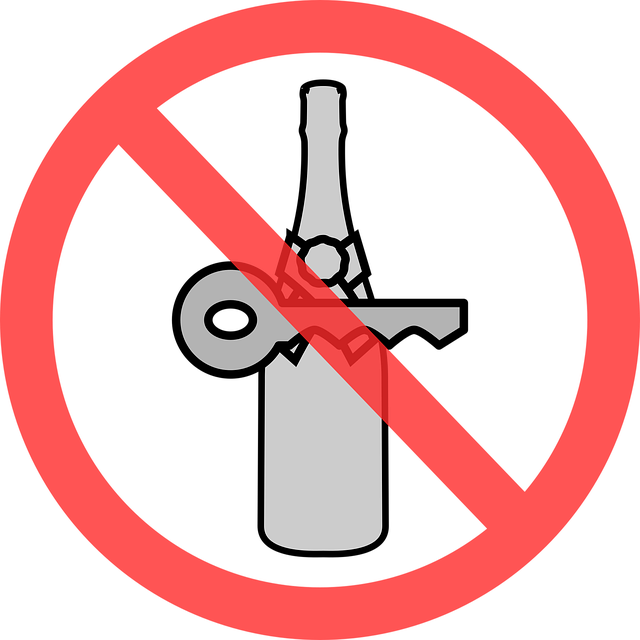Blood Alcohol Level (BAL) testing is a powerful tool in youth prevention, particularly for Early DUI (drunk driving under 21). This non-invasive method measures blood alcohol concentration, aiding law enforcement and healthcare professionals to identify impaired drivers. By combining education and enforcement, communities can intervene with at-risk youth, offering support or alternative transportation. Effective strategies include interactive workshops, peer-to-peer programs, social media campaigns, random BAL testing, and community partnerships with schools and organizations to promote responsible drinking habits and discourage Early DUI.
“In the quest to curb early DUI incidents among youth, understanding the power of blood alcohol level (BAL) testing is pivotal. This article explores how this scientific tool serves as an early detection mechanism, aiding in preventive measures. We delve into key strategies targeted at young individuals, emphasizing education and community engagement. By implementing these approaches, we aim to reduce high-risk behaviors and ensure a safer future for our youth. Discover effective ways to navigate this complex issue, focusing on the critical role of BAL testing as a preventative measure.”
- Understanding Blood Alcohol Level Testing: The Early Detection Tool
- Implementing Prevention Strategies for Youth: Key Approaches
- Effective Community Engagement: Reducing Early DUI Among Young People
Understanding Blood Alcohol Level Testing: The Early Detection Tool

Blood Alcohol Level (BAL) testing is a crucial tool in youth prevention, specifically targeting Early DUI (Driving Under the Influence). This non-invasive method measures the concentration of alcohol in an individual’s blood, providing essential data for law enforcement and healthcare professionals. By administering BAL tests, authorities can accurately determine if a driver is impaired, which is critical in preventing tragic accidents caused by underage drinking and driving.
Early detection through BAL testing plays a pivotal role in youth prevention programs. It allows for swift intervention and education, potentially altering high-risk behaviors. With the ability to identify elevated alcohol levels at an early stage, community initiatives can focus on providing support, counseling, or alternative transportation options, thereby reducing the likelihood of future DUI incidents among young individuals.
Implementing Prevention Strategies for Youth: Key Approaches

Implementing prevention strategies for youth involves a multi-faceted approach that targets both education and enforcement. One key method is to promote awareness about the risks associated with drinking and driving, especially among young people. This can be achieved through interactive workshops, peer-to-peer educational programs, and social media campaigns that highlight the consequences of impaired driving, including legal penalties, potential injuries, and loss of life.
Additionally, random and regular Blood Alcohol Level testing can serve as a powerful deterrent. Schools, community centers, and organized youth groups can organize such tests during events or as part of their safety protocols. By making it a routine practice, these institutions can reinforce the message that underage drinking and driving are unacceptable behaviors with severe repercussions.
Effective Community Engagement: Reducing Early DUI Among Young People

Effective community engagement plays a pivotal role in preventing Early DUI among young people by fostering awareness and encouraging responsible behavior. Programs that involve local schools, youth organizations, and community leaders can significantly impact driving habits. Educational initiatives focused on the consequences of drunk driving, along with interactive workshops, help instill a culture of safety and accountability. By promoting peer-to-peer learning and leveraging social influence, these efforts can be highly effective in discouraging risky behavior.
Community engagement strategies also facilitate access to resources such as Blood Alcohol Level (BAL) testing. Making BAL testing readily available normalizes the practice of responsible drinking and allows young individuals to make informed decisions. Moreover, community events and campaigns that emphasize the importance of designated drivers or alternative transportation options further reduce the likelihood of impaired driving. Through collaborative efforts, communities can create a supportive environment that discourages Early DUI and promotes long-term safe driving habits among their youth.
Blood Alcohol Level Testing (BALT) plays a pivotal role in early DUI prevention by providing crucial data for targeted interventions. Implementing youth prevention strategies, such as education programs and parental involvement, alongside effective community engagement, can significantly reduce Early DUI rates. By leveraging BALT as a tool and fostering a supportive community environment, we can create a safer future for our young people.






